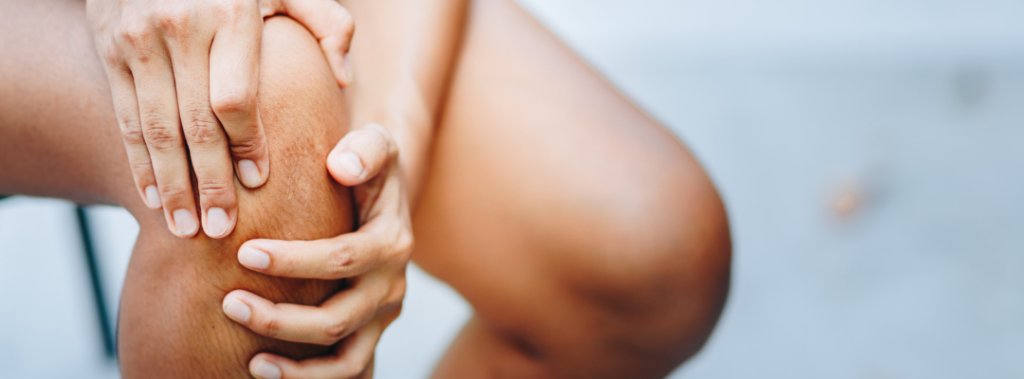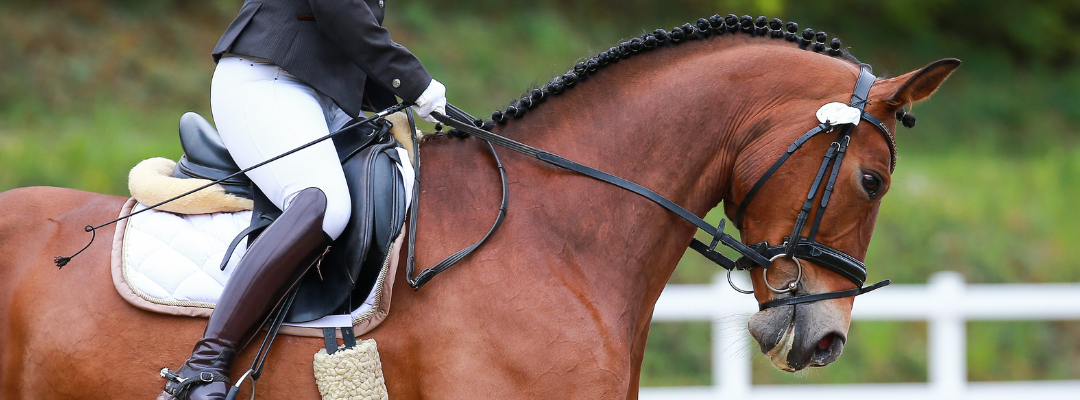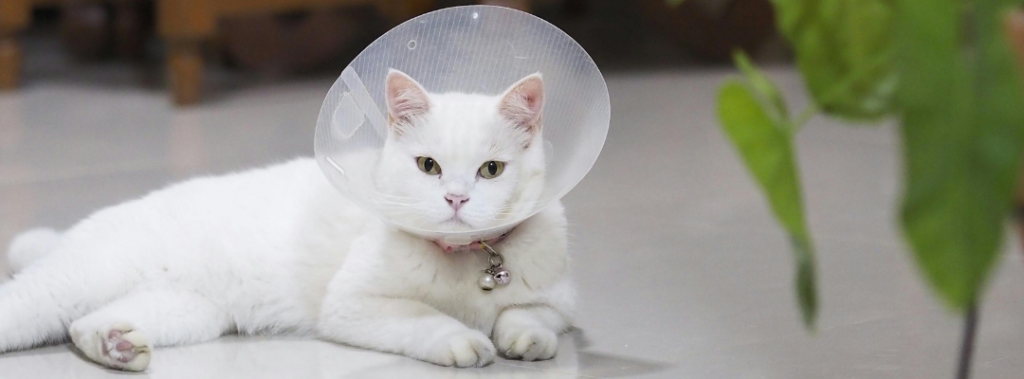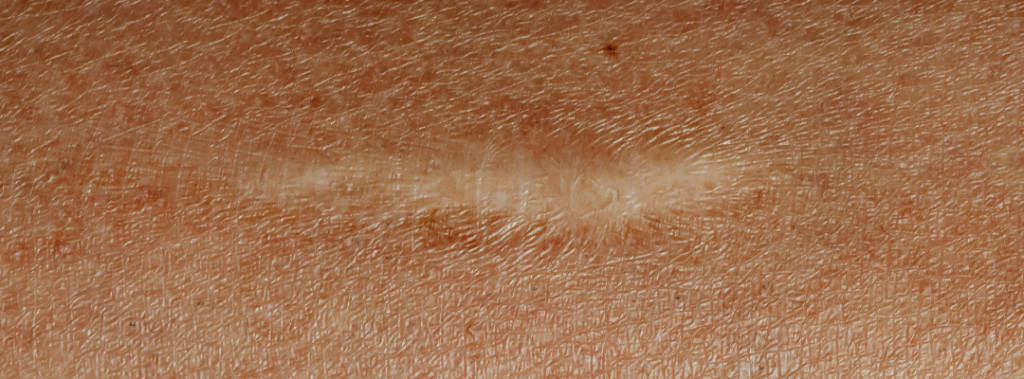
Equine athletes, like their human counterparts, are expected to perform at elite levels. Whether galloping around the track, executing complex dressage movements, performing in the rodeo, or enduring long rides on rugged trails, a horse’s musculoskeletal health is critical to performance. In the competitive world of horse training, optimizing recovery, reducing injury risk, and improving mobility are top priorities.
Low-level laser therapy (LLLT), also known as cold laser therapy, has emerged as a promising tool to support equine recovery and performance. By using targeted wavelengths of light to stimulate cellular activity, LLLT in equine medicine offers a non-invasive way to aid muscle function, reduce inflammation, and improve tissue resilience.
Understanding LLLT for Horses
LLLT uses red and near-infrared light at specific wavelengths to penetrate soft tissues without generating heat. Unlike surgical lasers that cut or cauterize tissue, LLLT works at the cellular level, aiming to support mitochondria function and improve ATP production – the energy currency of cells. This cellular boost can help accelerate the natural repair processes.
Key Benefits of LLLT in Equine Medicine
While LLLT is not a replacement for veterinary diagnosis or surgery when necessary, it may offer several advantages as an adjunct therapy:
- Reduced Inflammation: LLLT may help modulate inflammatory markers, contributing to faster recovery after exertion or strain.
- Improved Muscle Function: By increasing circulation and stimulating tissue repair, LLLT may support muscle elasticity and reduce stiffness post-exercise.
- Minimized Downtime: Being non-invasive, LLLT typically requires no sedation or recovery period, allowing horses to continue training when appropriate.
- Targeted Application: Therapists can localize treatment to specific joints, ligaments, or muscle groups based on clinical findings.
These attributes make LLLT a favorable choice for equine athletes in high-demand disciplines.
How LLLT Aids in Equine Recovery
Muscle Fatigue and Overuse
After intense exercise, horses may experience microtrauma in muscle fibers, leading to soreness or stiffness. LLLT may assist in supporting muscle recovery and encourage balanced tissue repair by enhancing microcirculation, aiding in lymphatic drainage, and stimulating tissue oxygenation – all essential for maintaining performance.
Ligament and Tendon Support
Equine athletes are particularly susceptible to tendon and ligament strain, especially in the lower limbs. While traditional treatments often involve rest, anti-inflammatory medications, or regenerative therapies like stem cells or platelet-rich plasma (PRP), LLLT offers a non-invasive addition to the treatment plan. It can be used adjunctively to help manage inflammation and encourage collagen remodeling.
Joint Mobility and Pain Modulation
Horses with early signs of joint dysfunction or post-traumatic inflammation may benefit from LLLT as part of a broader management plan. When used in conjunction with physical therapy or prescribed medications, it may assist in reducing pain, improving comfort, and maintaining joint flexibility.
Wound Healing and Post-Surgical Recovery
In more serious cases where a horse may require surgery or sustain a significant wound, LLLT can serve as an adjunctive tool to aid the body’s natural healing process – potentially allowing horses to return to light activity under veterinary supervision sooner than with rest alone. While it is not a replacement for proper wound care or surgical intervention, LLLT may support tissue regeneration and reduce healing time by:
- Stimulating fibroblast activity and collagen production
- Enhancing circulation around the wound site
- Reducing oxidative stress and cellular inflammation
- Minimizing scarring and improving comfort
LLLT vs. Other Veterinary Treatments
When deciding how to improve horse performance and manage recovery, it’s helpful to compare various veterinary treatment options. Below is a breakdown of how low-level laser therapy stacks up against other common equine veterinary approaches:
Low-Level Laser Therapy (LLLT)
- Invasiveness: None
- Downtime: Minimal; horses can often continue training under veterinary guidance
- Use Cases: Muscle recovery support, inflammation management, joint care aid
- Cost Consideration: Moderate per session
Rest and Stall Time
- Invasiveness: None
- Downtime: Can range from several days to weeks or more
- Use Cases: General recovery, minor injuries, or post-treatment recuperation
- Cost Consideration: Variable, depending on boarding fees and duration of downtime
Non-Steroidal Anti-Inflammatory Drugs (NSAIDs)
- Invasiveness: Low (administered orally)
- Downtime: None, though long-term use may require rest periods
- Use Cases: Pain relief, inflammation control
- Cost Consideration: Generally low, but expenses can add up over time with chronic use
Injections (e.g., PRP, Steroids)
- Invasiveness: Moderate (requires needle-based administration, sometimes guided by imaging)
- Downtime: Typically 1–5 days, depending on the treated area and horse’s condition
- Use Cases: Targeted treatment for joint inflammation, soft tissue injuries, or chronic lameness
- Cost Consideration: Higher, especially for biologic therapies like PRP
Surgery
- Invasiveness: High
- Downtime: Weeks to months, depending on the type of surgery and recovery rate
- Use Cases: Severe lameness, fractures, or conditions that do not respond to conservative treatment
- Cost Consideration: High due to hospitalization, anesthesia, and post-operative care
LLT stands out for its low-risk profile and compatibility with ongoing training regimens, particularly when early intervention is desired to avoid escalation of minor issues.
Practical Considerations for Using LLLT
LLLT is generally well tolerated by horses. Treatments are painless, and many horses relax during sessions. As with any therapeutic tool, outcomes depend on proper use and diagnosis. Session length and frequency vary depending on the targeted area and clinical goals. Many programs begin with several treatments per week, followed by a maintenance phase.
Most equine LLLT units are portable and can be used stall-side or in the field. Licensed veterinarians or trained equine therapists typically handle treatments, though some owners may opt for at-home devices with proper instruction.
Additional Horse Performance Tips
While LLLT can play an important role in equine recovery and support, it works best when combined with holistic performance strategies. Here are some key ways to keep horses performing at their best:
- Balanced Nutrition: Ensure adequate protein, minerals, and antioxidants to support tissue repair and immune function.
- Proper Hoof Care: Correct shoeing and trimming are essential for alignment and movement efficiency.
- Regular Bodywork: Incorporate massage, chiropractic care, and stretching to maintain musculoskeletal health.
- Cross-Training: Varying exercise routines can reduce repetitive strain and improve overall fitness.
- Monitoring Workload: Use heart rate monitors or structured schedules to avoid overtraining.
Combining these techniques with LLLT may offer a comprehensive approach to boosting your horse’s resilience and readiness for peak performance.
Consult Your Horse’s Veterinarian About LLLT
As performance expectations grow and recovery windows shrink, equine professionals are turning to science-backed modalities like low-level laser therapy to help support equine athletes. Equine LLLT offers a low-risk, non-invasive option to complement traditional treatments and improve muscle function, reduce inflammation, and aid in recovery. If you’re curious about integrating LLLT into your horse’s wellness routine, talk to your equine veterinarian. They can help determine whether laser therapy aligns with your horse’s condition, goals, and current care plan.



